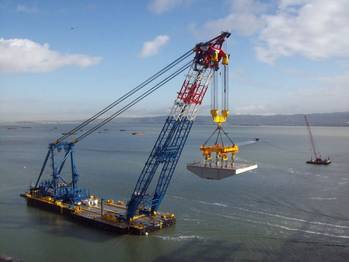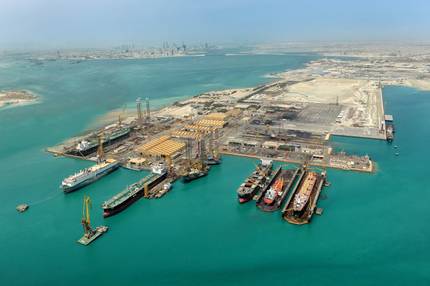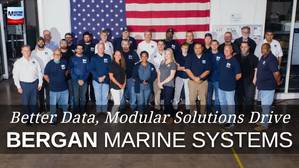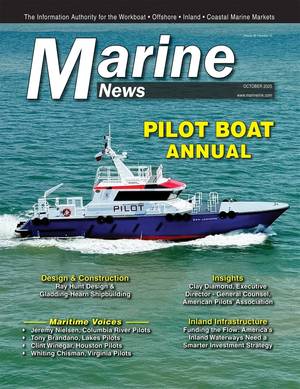As the most frequent and costly large claims dealt with by the UK P&I Club concern cargo, managers Thomas Miller are constantly concerned about the procedures and practices which give rise to them. Cargo claims over $100,000 comprise about 40 per cent of the Club total and 27 per cent of all settlement costs, spread across a wide spectrum of commercial shipping activity. Containers, dry bulk, steel products and bagged bulk each account for 11 to 13 per cent of claims with reefer-bulk, general, bulk chemicals and oil products each exceeding five per cent. Equipment, mechanical and structural failure together are far outstripped by human error as the sole or major cause of incidents giving rise to claims. Human error costs the Club around $21 million a year in large cargo claims alone. Deck officers and shore personnel are each responsible for nearly 20 per cent of these, with crew and pilots contributing a minority.
Among the top ten causes are bad stowage, bad handling and lashing failure----areas which come in for scrutiny in the Club's January 2004 newsletter Carefully to Carry. Put together by a committee of outside marine carriage experts, the publication aims to provide practical up-to-date advice to help members reduce their exposure to cargo damage and move towards best practice.
Container carriage, which has produced large claims of towards $90 million since 1987, dominates the new edition. The loss of containers overboard remains a significant problem despite the size and sophistication of the latest generation of vessels. The use of software in calculating loading arrangements, checking the condition of lashing equipment and using it correctly, and handling ships in heavy weather are all discussed in depth. There is a major focus on the practice and consequences of securing heavy container loads on top of light ones. Lack of correct information about ship capabilities and container weights can produce such stacking but the UK Club believes that many incidents result from deliberate risk taking, such as loading late arriving containers on vessels almost ready to sail. Given increased movement of pharmaceuticals by sea, it is vital to do so at the right temperatures. Another article gives practical advice on chilled and frozen temperatures, defrosting, humidity, ventilation, packaging and stowing; and provides a checklist on requirements for accepting bookings, container selection, pre-trip inspection and transport to packing points.
Maintaining adequate ventilation of cargo compartments through air change is essential for vegetable and other perishable cargoes. An article provides guidance on simple air changes and open and closed circuit systems. Other articles address the silver nitrate test to detect saltwater contamination of cargoes and concerns about packaging stemming from thiourea dioxide and expandable polymeric beads.
Sponsored Content
Still trying to leverage digital in your operations? Create your own advantage

Pacific Titan Arrives on the U.S. West Coast — Redefining Heavy-Lift Capabilities

Subscribe for
Maritime Reporter E-News
Maritime Reporter E-News is the maritime industry's largest circulation and most authoritative ENews Service, delivered to your Email five times per week











